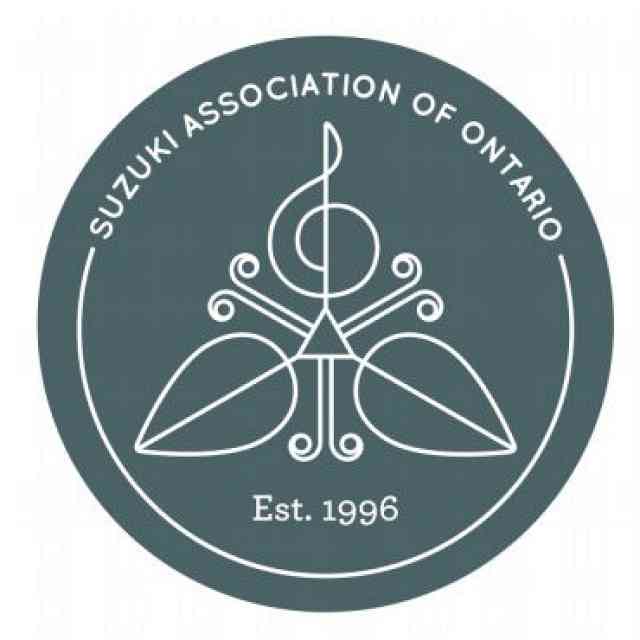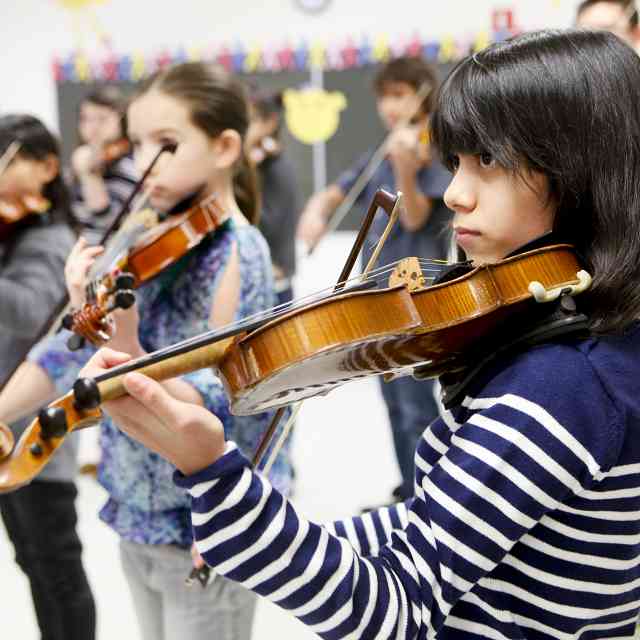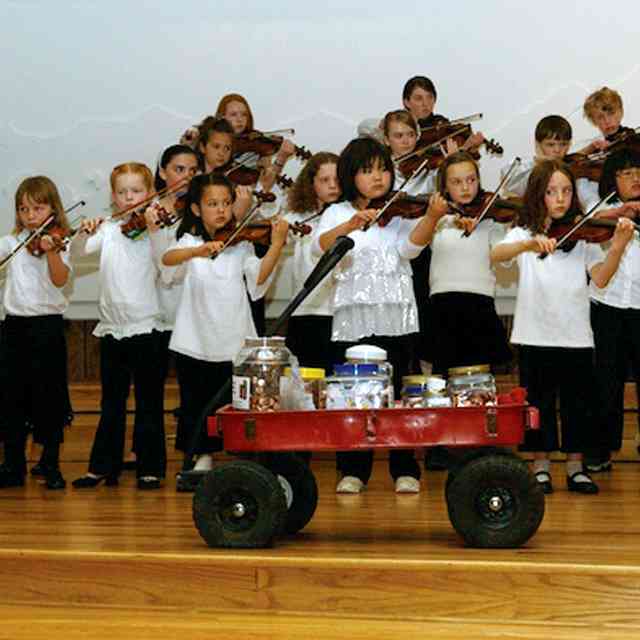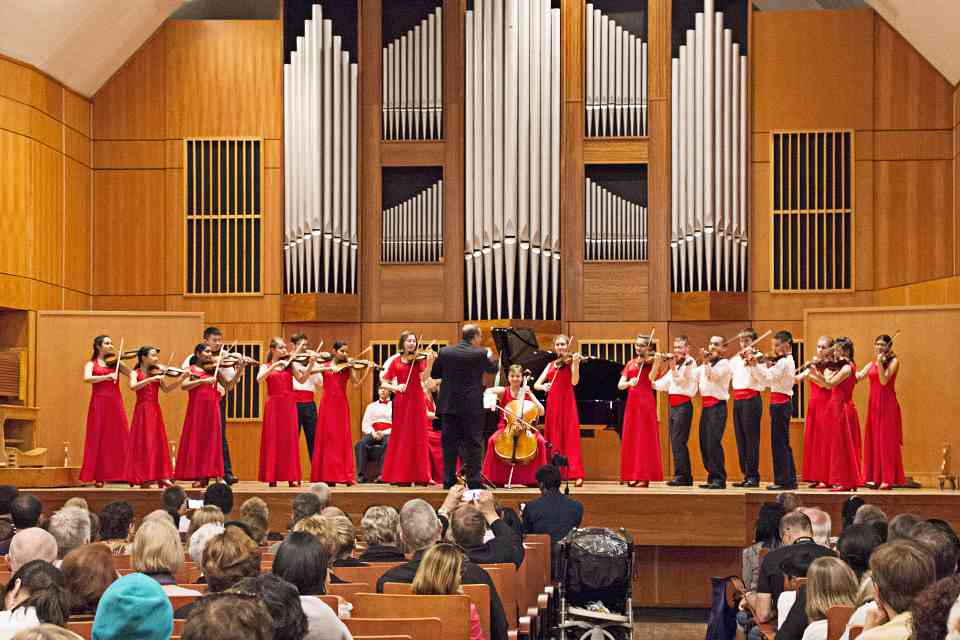
Boulder Suzuki Strings performing in South Africa
Buffalo Suzuki Strings is no stranger to touring. Forever driven by Dr. Suzuki’s vision and the BSS dream of “world harmony through music,” Mary Cay Neal, founder of BSS and the BSS Friendship Touring Ensemble, has taken groups of students around the world several times.
Since 1984, the BSS Friendship Touring Ensemble has traveled and performed in five continents and twenty-three countries, including England, the former Soviet Union, Italy, Chile, Japan, France, Australia, and Argentina. From the very beginning, however, we knew this tour would be different. Although Mary Cay had longed to take a group of students to Africa—it was the last continent on her touring bucket list, and she knew that the trip would demonstrate how very different cultures could come together through their love of music—the timing never seemed quite right. But this time, it was different.
As educators, we are always looking for new, different, and meaningful experiences for our students. No matter what the experience, at the very heart is the question, “What will they learn from this?” When Buffalo Suzuki Strings takes our Friendship Touring Ensemble on an international trip, this is the first and predominant question throughout the planning process. From this process, each tour develops a mission. “For several years, I have watched and admired the way that the people of South Africa overcame cultural challenges to find harmony within their country,” said Mary Cay Neal. She continued, “I wanted our students to experience firsthand how cultures may be different but people are the same all over the world. Most importantly, I wanted for all of us to meet, make meaningful connections, and play with Suzuki students and teachers in South Africa.” Meeting with Suzuki groups, including some who traveled a significant distance to meet us under great financial hardship, demonstrated to our kids how important these relationships are to Suzuki programs worldwide. Building connections with these students and teachers became the core of our mission.
Through her passion, Mary Cay Neal inspired the entire BSS community to invest in this mission and donate music supplies, including bows, strings, shoulder rests, rosin, and Suzuki music books to the Suzuki groups who were engaged in outreach to the townships where the poorest children lived. Collecting these supplies to bring to those who don’t have these materials was an eye opener to our students, especially since most have everything they need. Little did we realize that this action was the beginning of our understanding of the idea of umbuntu (a common term in South Africa meaning “I am because we are”). By the end of our tour we would truly grasp the meaning of that term.
On April 1, 2015, 19 students ranging in age from 12–18 and six adult members of the tour staff began a 10-day tour by arriving at the Buffalo airport at 5:30 a.m. After 17 hours on two different airplanes, we landed exhausted and exhilarated. We were finally there—in South Africa! Our first concert occurred before we even left the plane. The crew of South African Airlines learned that we were a musical group from the US traveling to South Africa and asked our students to play. The other passengers waited patiently as the students grabbed their violins and violas from the overhead compartments and began to play the South African National Anthem. A sort of organized chaos ensued as passengers moved toward the musicians from all over the plane with cell phones cameras in hand to capture the performance. The smiles, applause, and cheers erased, at least temporarily, the exhaustion of the long flight for both the musicians and the other passengers. We moved quickly through customs, met our tour guide, Peter Myburgh, boarded the bus that would become our second home, and immediately drove to Pretoria, where we had a small concert at the United States Embassy. On our way, we stopped by the Union Buildings, where we were able to marvel at an enormous statue of Nelson Mandela, which looms large over every aspect of South Africa. His face with that iconic smile is on every bill of every value of the South African Rand, parks, roads, and everywhere you look. After standing in awe of this statue, the students headed to the Embassy where, despite limited sleep in the past 24 hours, they performed wonderfully.
We then boarded the bus to Soweto to engage in a workshop and cultural exchange with Buskaid Soweto Strings, a kindred group of young musicians—many from impoverished backgrounds in South African townships—striving to play classical music at the highest level possible. For many BSS students, those several hours spent with the Buskaid musicians were the highlight of the entire trip. The highlight of this cultural exchange was when each group taught a song to the other group. To watch how quickly each group learned the other’s music by ear alone was a sight to see. But more thrilling was their shared love of music. There was an explosion of music, talking, laughing, singing, and dancing. Watching the pure joy of the Buskaid Soweto Strings as they performed was inspirational to the Buffalo students.
The students spent the next day in Soweto, a township outside of Johannesburg. This was the beginning of a history lesson that would last throughout our time in South Africa—not the type of history that you learn in books, but the type that is palpable and present in people’s everyday lives. Soweto was the heart of the unrest in the 1980s as efforts grew to overturn apartheid in South Africa. Visiting the Apartheid Museum, Robben Island, and the Hector Peterson Memorial brought awareness of South Africa’s struggles to the students in a most meaningful way. A round table discussion about these experiences enabled our students to express their feelings about what they had learned in very powerful and insightful ways. The students were very moved by the resilience of the South African people and how Nelson Mandela helped to transform the nation.
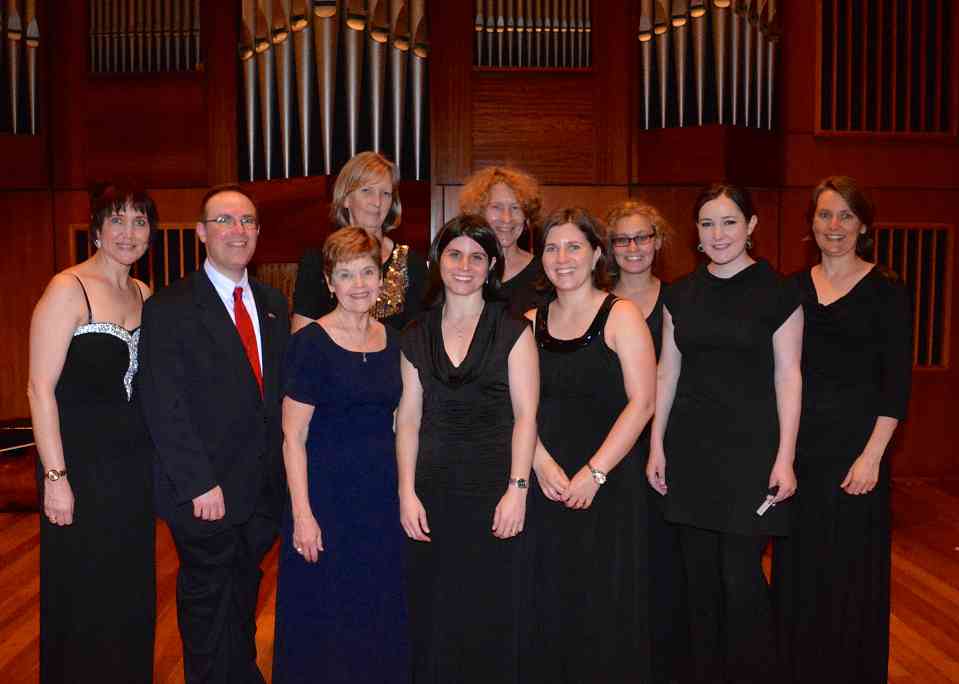
BSS teachers Mary Cay Neal and David Levine with South African Suzuki teachers from the Johannesburg area.
We quickly transitioned from history to music with an afternoon of delightful rehearsals with Johannesburg and Pretoria Suzuki Ensembles followed by an incredible concert at the Sunnyside Campus of the University of South Africa (Unisa). The South African Suzuki students, families, and teachers were so welcoming in spirit and action by providing a tea, serving us dinner, and just spending time with us. The afternoon consisted of rehearsing, eating together, and forming connections. Many of the children were much younger than our students and they were so thrilled as we passed out little American flags to the South African students.
The next morning we attended Easter Mass at the Regina Mundi Church in Soweto, the largest Roman Catholic Church in South Africa. This predominantly Black church, which played a role in the Soweto uprisings, welcomed us with open arms. Our students sang and swayed with the music, feeling accepted and embraced. We then boarded a bus for a drive to Pilanesburg Game Reserve. It was not difficult to wake the students up early the next morning for our trip to game reserve. The morning started out with some excitement as we saw a pride of lions on a hunt, which according to our guide is a very rare event. Driving around for hours among elephants, rhinos, giraffes, and the beautiful vistas was amazing for a group that had just survived a brutal winter in Buffalo.
Our next stop was Cape Town, where we all fell in love because of its majestic beauty and friendly people. Mountains surround Cape Town, and that morning we went to the top of Table Mountain to embrace the beautiful blue sky. The views were incredible from the cable car ride up to the summit. Up on top we could see all around the Cape, and it was awe-inspiring.
Later we drove to Bishops College, where we spent the afternoon rehearsing with children from all over the region. After a year’s worth of fund raising, one teacher was able to bring 20 students from more than 500 miles away. The excitement was in the air as we rehearsed in the afternoon in preparation for the evening concert. Making music together was so inspiring and the true purpose of our visit. As we blended our music into one Suzuki repertoire at the end of the evening, we were all filled with pride at this amazing experience.
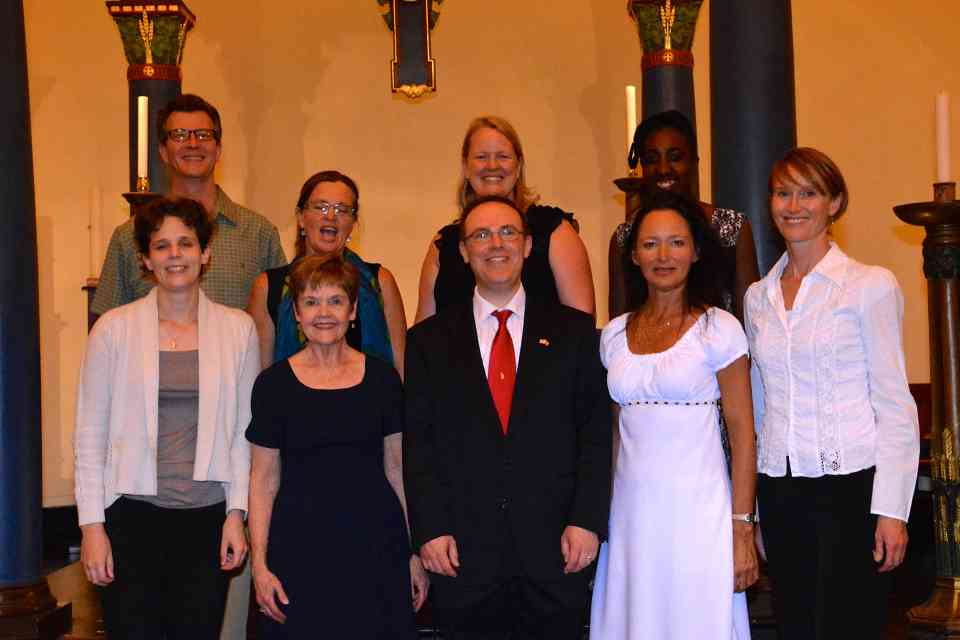
BSS teachers Mary Cay Neal and David Levine with South African Suzuki teachers from the Cape Town area.
While in South Africa, we saw and experienced how the South African Suzuki teachers are working to carry out the vision of Dr. Suzuki that all children can have happiness through music and that happiness can help to bring peace to the world and to their country. It was a privilege to perform for and with the Suzuki students in South Africa. The BSS Friendship Touring Ensemble performed an hour and a half program of solos and string ensemble compositions ranging from Saint-Saens to Bartok. Daniel, a 16-year-old South African Suzuki student described the evening:
This concert was very different to the normal Suzuki concerts. It was an absolutely amazing experience to meet brand new fellow teenage Suzuki students (who play at a high standard!). It’s too bad we only got an afternoon with them, but God bless those who decided to organize such a smashing collaboration between our Suzuki brothers from other mothers and sisters from other misters!
Sonnika Venter, a Suzuki teacher in Cape Town, said of our collaboration at this concert, “It is rather impossible to capture in a few paragraphs the magic that happens when children get together to make music . . . and even more so if Suzuki children make music together!
After that concert, we spent a few days soaking up all that the Cape Town area had to offer. We took an early morning ferry to Robben Island, where a former political prisoner gave us a tour of the prison. To stand in front of Nelson Mandela’s prison cell and hear all that he and others endured was very powerful. Later, we took our bus to a township outside Cape Town where we engaged in a workshop and cultural exchange with Phumi Tsewu and the Fezeka High School Choir. We played for them and they sang for us. Then they taught us the words of the South African national anthem, which was no easy feat given that it is sung with four distinct South African languages. As we learned the words of this beautiful song that, like much of South Africa, blends the words and values of its many people, we sensed the pride of our new friends. It was truly a remarkable experience.
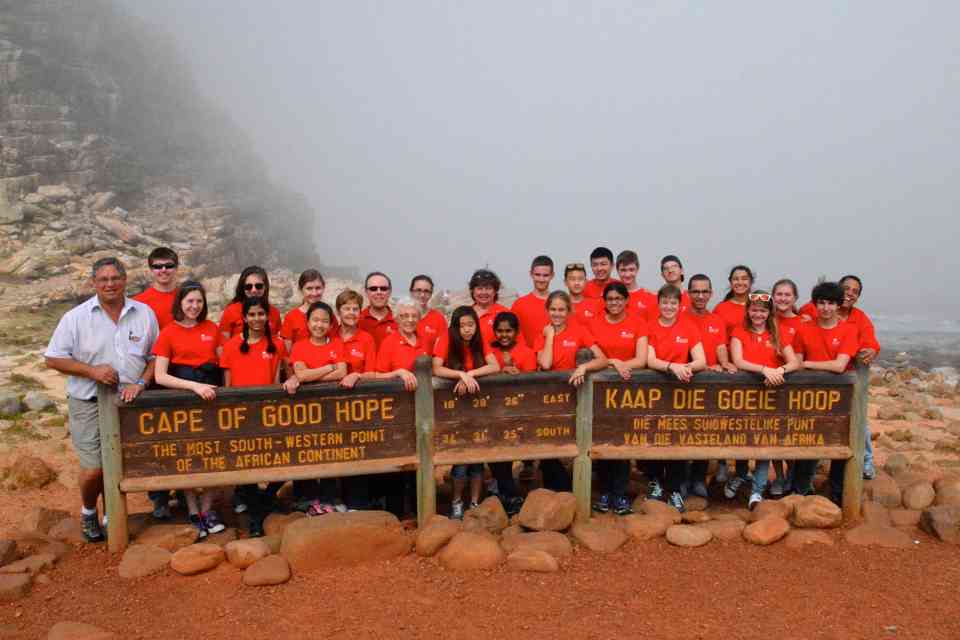
BSS Students at the Cape of Good Hope
Our last full day in South Africa was a memorable day and a great ending to our incredible journey. Our drive to Cape Point the following day was a wonderful way to end our trip. We rode a boat to Seal Island, visited a penguin colony, and drove by a nature reserve on Cape Point. Along the way, we saw monkeys and ostriches along the road and amazing vistas of ocean and mountains. We visited Cape Point, which is the most southern tip of western South Africa and climbed to the highest point there, as well.
When asked what their favorite parts of the tour were, a common response from our BSS Friendship Touring Ensemble students was, “the people of South Africa, because they were so friendly and welcoming.” Meeting the students, teachers and families and playing for them was the best part! Our teachers will never forget meeting their South African colleagues in person after a year of planning. Seeing dedicated teachers bringing Suzuki music to some of the poorest children of the country was heartwarming! We look forward to maintaining the wonderful relationships that have begun and continue to assist the programs that need our help.

